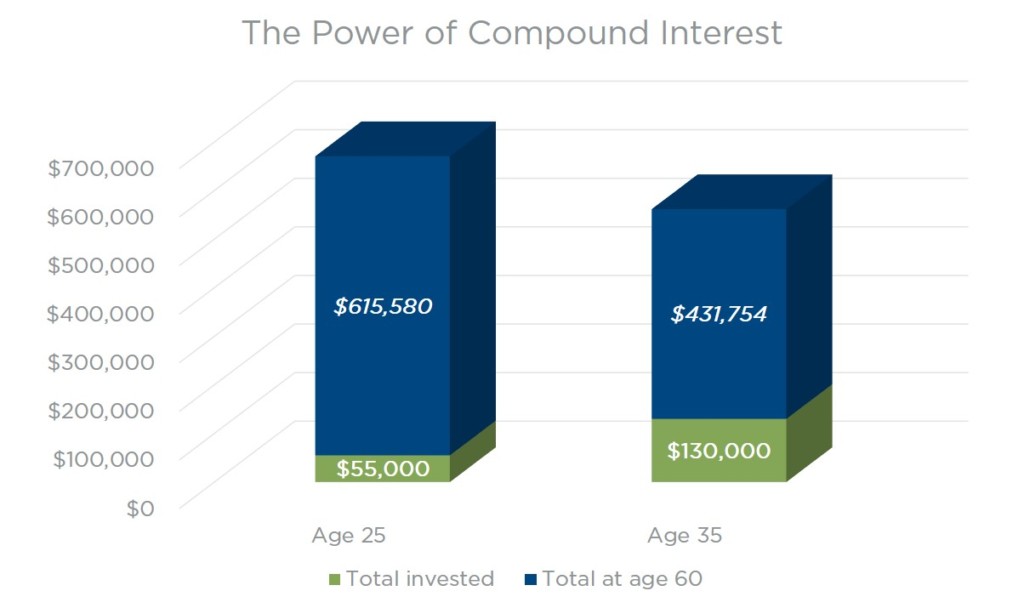Can You Still Receive Social Security If You Move Abroad?
July 17, 2017Many evenings when the rest my household is in bed, you can find me watching HGTV’s Househunters International. As a French speaker, I pay special attention to episodes featuring little villages in the South of France or francophone Caribbean islands. Is this where my husband, Steve, and I should retire and restore a 19th century country house? Or maybe we should consider Italy, where we got engaged and the cost of living seems so inexpensive?
We’ve been ex-pats before and we both know how wonderful it is, as well as the financial implications. As I wrote in a previous post, if a U.S. citizen or resident alien (green card holder) is considering living abroad, they need to make sure they understand the financial and tax basics for U.S. taxpayers living overseas.
Before you buy that surf shack in Costa Rica, keep in mind that Uncle Sam follows you everywhere, even if you’re retired. You’ll file a U.S. tax return every year and you may need to file a state tax return (especially if you still maintain a property in the U.S., even if you rent it out). You’ll also need to report any non U.S. bank and securities accounts annually to the Treasury Dept.
Maybe you weren’t expecting that you’d still pay U.S. taxes, but you can accept that, since you can’t imagine giving up your U.S. passport. Here’s what else you need to keep in mind before retiring overseas.
You’ll probably pay foreign taxes
Even if you don’t have earned income, you will still be subject to the tax laws as a resident of the foreign country, so may have to file there in addition to your U.S. return if you receive distributions from your 401k, IRA, pension, etc. That’s something you’ll definitely want to research before you make your retirement decision. U.S. taxpayers are taxed on their worldwide income, so even if you’re retiring to one of the few countries without an income tax, such as Bermuda or the Bahamas, you’ll still have to pay U.S. taxes. In general, deductions and credits can sometimes soften or eliminate the impact of foreign taxes paid.
You can still receive Social Security benefits
In most situations, you will still be able to receive your Social Security benefits when living outside the United States as long as you are eligible for payment. Generally, you can have them sent to the foreign country, or deposited in a U.S. account that you have maintained. However, there are some countries where you can’t, and some additional restrictions on some non-citizens, so do your homework. See this Social Security Administration brochure for the complete lowdown. Use this Payments Abroad Screening Tool to see if you’ll be able to receive payments abroad or if you will face restrictions.
Medicare won’t cover you overseas
Health insurance is a critical decision when thinking about retiring overseas. Generally, Medicare does not cover care you receive outside of the United States (see overview), so you will need health insurance in the country where you move. If you travel to the United States frequently, or plan to move back to the U.S., you may want to sign up for both Medicare Part A and Part B anyway, so you’ve got insurance when you are in the U.S.
If you plan to be permanently in the foreign country and don’t travel frequently to the U.S., you could still consider signing up for Part A, which for most does not require a premium, but could cost you dearly to adopt should you change your mind and move back later. You should weigh the pros and cons of keeping Part B as part of your retirement budget based on your long-term plans and what kind of health insurance you will have in your retirement destination.
You’ll want – and need – a tax professional
When we lived overseas, our federal tax return was 50-70 pages. If you’re living abroad, I strongly encourage you to find a tax professional, such as a CPA, who is knowledgeable about ex-pat taxes. Without tax guidance, you may find yourself overpaying or underpaying taxes, and running afoul of reporting regulations on foreign accounts. It’s worth every penny to get good guidance in this category.
You’ll need a U.S. mailing address for your U.S. accounts
Maintaining your U.S. accounts, such as credit cards, brokerage accounts and even your 401k, has significant advantages. You’ll be able to maintain your U.S. credit score. It’s much easier to pay bills – such as quarterly estimated taxes – and wire funds from your U.S. account. Most ATM cards from major American financial institutions will work around the world for a small fee.
If you ever want to change brokerage firms or open an additional account, such as a 529 for a grandchild, you’ll need to have a U.S. mailing address. If you plan to sell your home, register as an overseas voter and get a new driver’s license in your new country of residence and don’t plan to have continued state residency, the address could be a trusted friend or relative’s home – just make sure to sign up for online delivery of statements and bills to your email address.
You’ll need a bank account in your new country
Even though you may maintain a U.S. mailing address for your existing bank and brokerage accounts, you’ll need a local bank in your new home in order to handle local bills. You may want a credit or debit card there too, which could make it easier to open accounts for utilities and handle local transactions. Remember that you’ll need to report your accounts annually under FBAR (see above) if they have more than $10,000 value at any time during the calendar year.
I hope that retiring abroad will be our next great adventure. If you think it may be yours, check out this State Department guide to retiring abroad – and watch some Househunters International.
Want more helpful financial guidance, delivered every day? Sign up to receive the Financial Finesse Tip of the Day, written by financial planners who work with people like you every day. No sales pitch EVER (being unbiased is the foundation of what we do), just the best our awesome planners have to offer. Click here to join.



